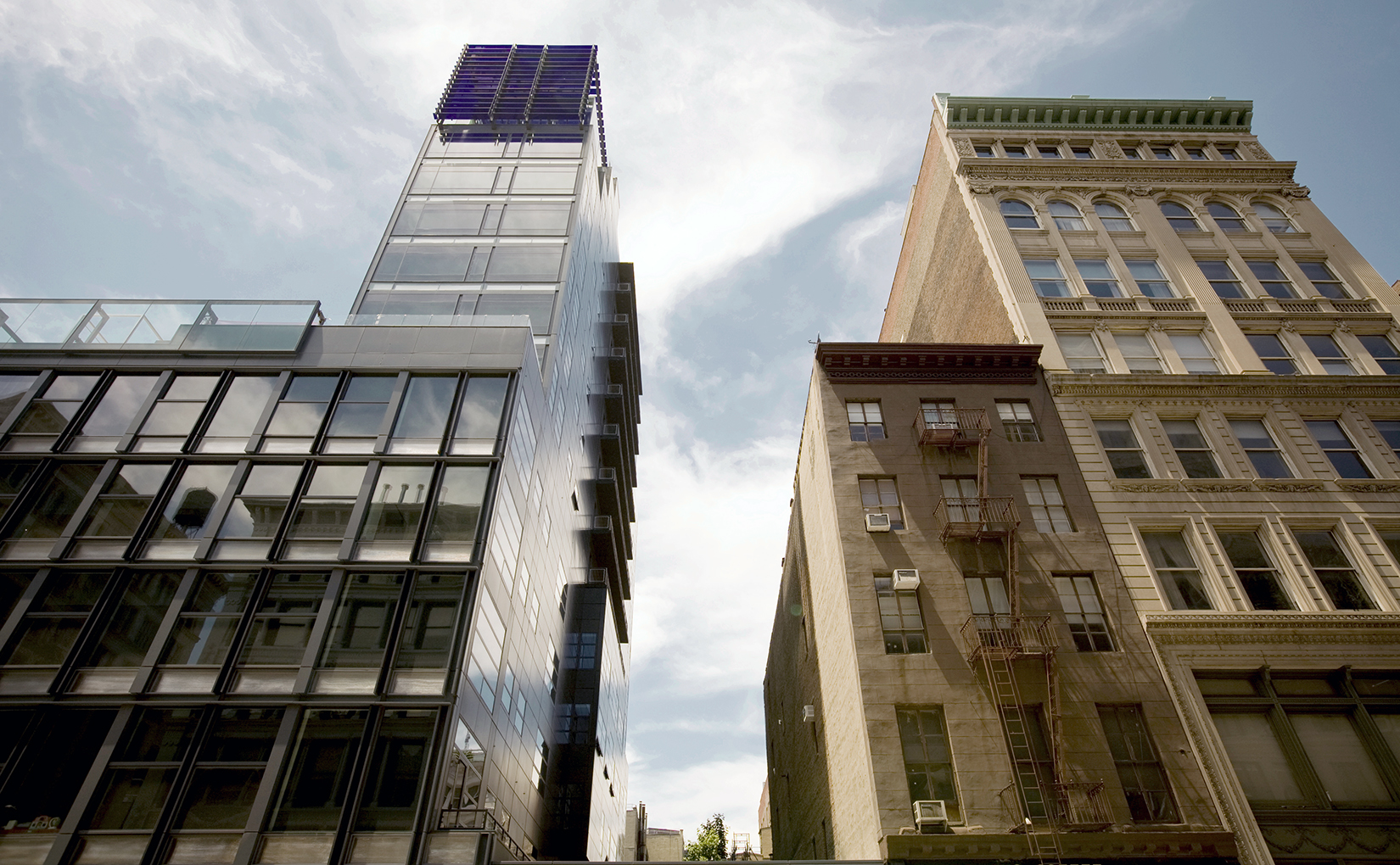Apartment Inventory Age: Small Properties are Older, Ready for Upgrades

Most new multifamily construction has focused on delivering large, amenity-rich properties. As the small asset (5 to 49 unit) apartment stock ages, the potential for value-add investment increases.
While large apartment buildings (50+ units) offer contemporary amenities, the generally older small asset inventory (5 to 49 units) faces tougher competition in attracting selective urban renters.
On one hand, small properties have larger average unit sizes. On the other hand, large apartment assets are incorporating fitness centers, media rooms, golf simulators and pet spas to attract Millennial professionals and retiring Baby Boomers.
Although both small and large properties have a similar share of units constructed prior to the eighties, apartment stock introduced over the past decade and a half comprises a lower share of the small asset inventory.
As shown above, based on the most recent data from the Census American Community Survey (ACS), which covers the broader US multifamily inventory, units constructed prior to 1980 comprise a 52 percent share of small apartment properties. Of the remaining units, nearly 32 percent were constructed between 1980 and 1999, while another 16 percent were introduced thereafter. Only about a 4 percent share of small property apartments were built in the post-crisis period between 2009 and 2014.
In comparison, while the large asset inventory includes a similar share of units dating prior to 1980 (52 percent), these properties now include relatively more units built over the past 14 years. As shown below, about a 22 percent share of units in large properties were brought online since the year 2000, which includes a 7 percent share of units built in the post-crisis period.
Consistent with the recent market emphasis, amenity-rich large asset buildings have added a greater share of units over the past decade and a half compared to small properties. In the face of increasing competition for urban renters, the potential for upgrading and reintroducing older small asset properties represents new market opportunity for investors.

